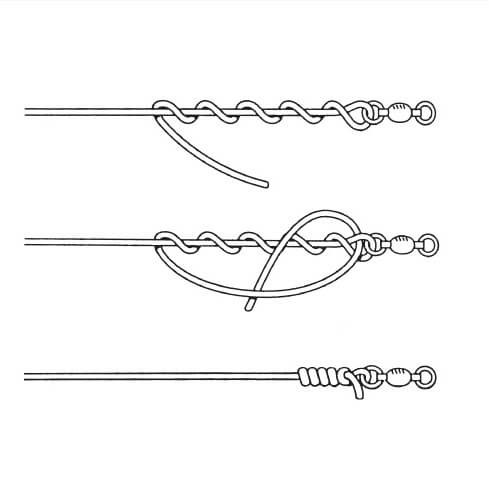Fly fishing is a wonderful sport and if you’re looking to get started, you’ve certainly come to the right place.
Follow our top tips for fly fishing beginners and with a bit of patience and practise, you’re sure to reap the rewards.
Venue
When it comes to choosing a venue, you should ideally find a location which offers both plenty of space and fish.
We don’t suggest getting started with rivers as a beginner as this will likely cause more frustration than anything, so instead focus on finding small still waters as you won’t need to cast far.
Outfit
While you shouldn’t spend a fortune on gear as a beginner, it is still important to purchase a reliable starter outfit. The good news is that you won’t have to break the bank to get a suitable starter outfit and we suggest looking into the Airflo and Snowbee brands.
The best option for getting started in still water fly fishing is a nine foot, six-weight rod, reel, and line.
Fly Line
The options for fly line can quickly become overwhelming, so it’s best to start with floating fly line.
You’ll attach regular line (known as the leader) to the floating fly line, as well as a few tapered leaders as these will help land your line without scaring off the fish.
Flies
As a fly fishing beginner it’s a good idea to focus on tried and tested flies and that’s why we recommend the Cat’s Whiskers, Hare’s Ear, Diawl Bach, Montana, Viva, and Fritz – names almost as exotic as your favourite bingo Canada sites!
Some companies even sell fly selections which come with a handy storage box and you may even get into creating your own flies eventually.
Sunglasses
You’ll soon discover that sunlight casts quite a glare on the surface of the water which may make it almost impossible to spot a fish.
As such, we suggest purchasing a pair of polarised sunglasses as they will protect your eyes from errant hooks and casts and cut down glare.
Casting
As a beginner, you likely won’t have much experience with casting, so we suggest that you cast on grass first.
Try using a piece of wool or a fly without a point to avoid getting stuck on tress and obstacles and get a good feel for the motion before hitting the water.

Fishing Knots
The varieties of fishing knots are almost innumerable, but you don’t have to learn many of them before getting started with fly fishing.
For beginners we suggest you learn the half-blood knot and the overhand loop knot.
Wild Fishing Rules
If you’ve chosen a location you’re not particularly familiar with, be sure to check the rules quite carefully as you wouldn’t want to get into trouble.
On most wild fisheries, you’ll have to release whatever you catch, but stocked trout lakes will often have different rules entirely. Be sure to check which licenses you’ll require as well.



